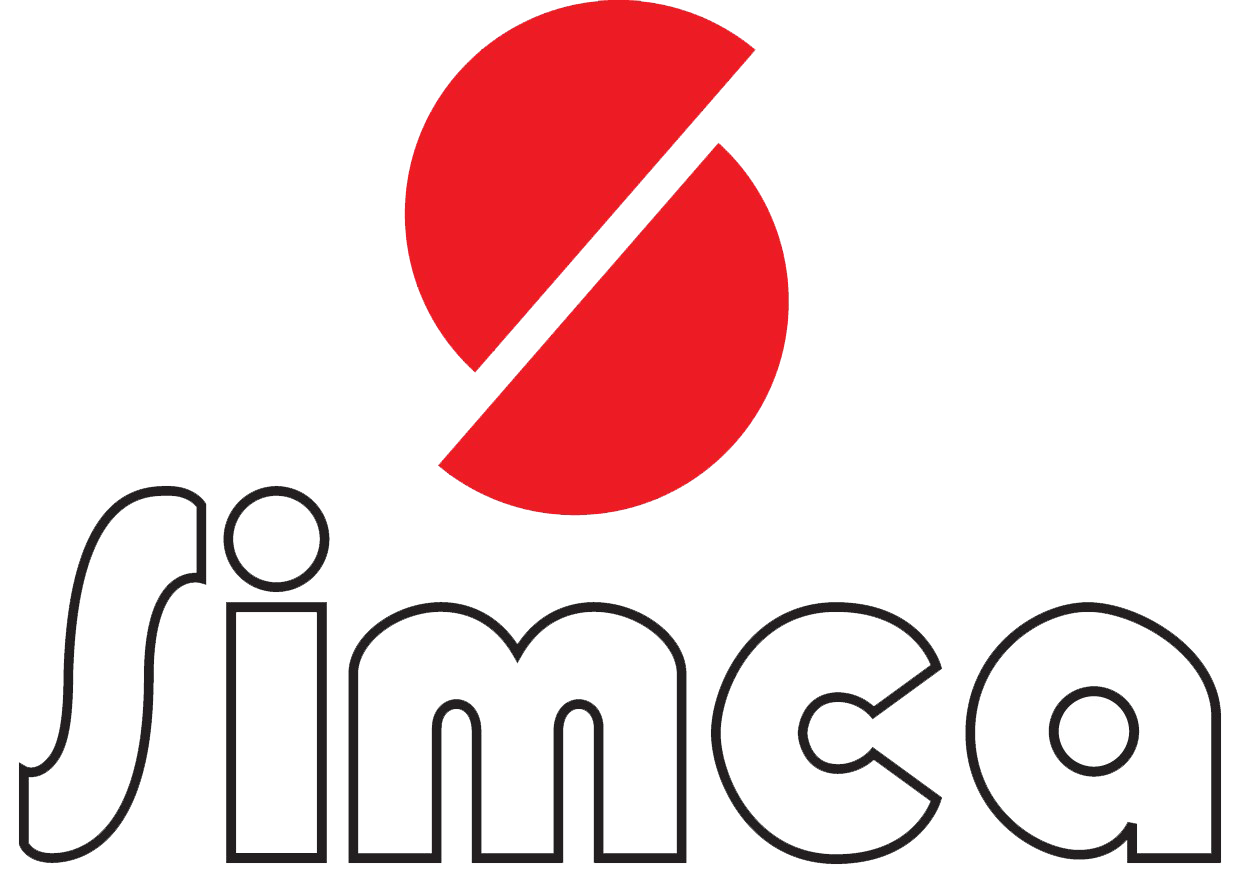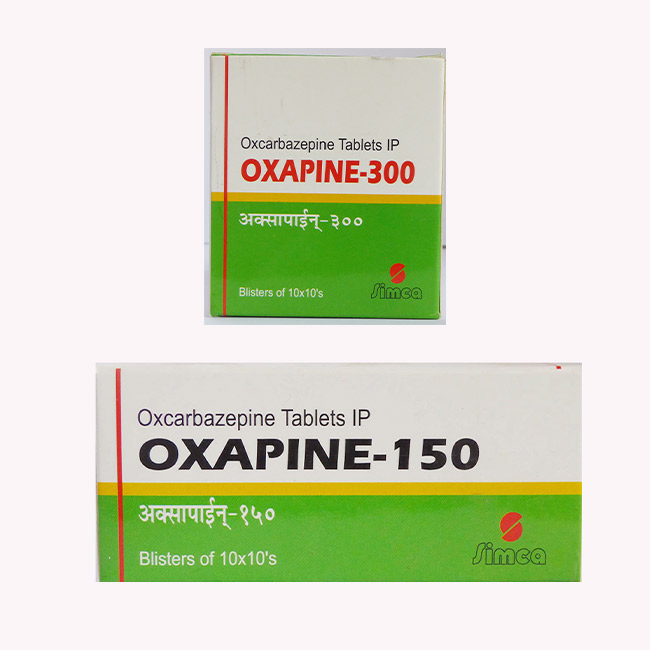Oxapine
Generic composition: Oxcarbazepine
General Description
Oxapine is Oxcarbazepine, anti-epileptic medication primarily used in the treatment of epilepsy. Compared to other anti-epileptic drugs, which are generally metabolized via the cytochrome P450 system, oxcarbazepine has a reduced propensity for involvement in drug-drug interactions owing to its primarily reductive metabolism.
Therapeutic category
- Antiepileptics
Dosase forms
- OXAPINE 150mg Tablets
- OXAPINE 300mg Tablets
Indications
- Monotherapy or adjunctive therapy in the treatment of partial seizures in adults
- Monotherapy in the treatment of partial seizures in children aged 4 years and above with epilepsy,
- Adjunctive therapy in children aged 2 years and above with epilepsy.
- Bipolar-disorder (Add-on therapy to intractable cases)
- Trigeminal Neuralgia
- Neuropathic Pain
- Temporal lobe epilepsy in child and adults.
Dose
Adult dose:
Initial dose: 300 mg orally twice a day, increased by 300mg/day every third day as clinically indicated
Maintenance dose: 300-1200mg twice a day
Pediatric dose:
Initial dose: 8-10mg/kg given twice a day, maximum dose 600mg/day, increased by 5mg/kg/day every third day as clinically indicated
Side effects
Common side effects include nausea, vomiting, dizziness, drowsiness, headache, double vision and trouble with walking
Contraindications
Known hypersensitivity to oxcarbazepine or to any of its components
Mechanism of action
The precise mechanism by which oxcarbazepine exert their anti-seizure effect is unknown; however, in vitro electrophysiological studies indicate that they block voltage-sensitive sodium channels, resulting in stabilization of hyperexcited neural membranes, inhibition of repetitive neuronal firing, and propagation of synaptic impulses. In addition, it also modulates high-voltage activated calcium channels may contribute to the anticonvulsant effects of the drug. Its spectrum of anticonvulsant activity is comparable to carbamazepine, but it has an improved pharmacokinetic profile, is better tolerated and is associated with few clinically significant drug-drug interactions.
Pharmacokinetics
Absorption: Absorbed following oral administration, rate and extent of absorption of oxcarbazepine is not affected by food intake.
Distribution: apparent volume of distribution of oxcarbazepine is 49 L.
Metabolism: rapidly and extensively metabolized to its primary metabolite, MHD, which is responsible for the bulk of its anti-epileptic activity and exists in much higher concentrations in the plasma than the parent drug.
Elimination: more than 95% of the administered dose of oxcarbazepine is found in the urine. Of this, approximately 49% is MHD glucuronide metabolites, 27% is unchanged MHD, 3% is inactive DHD metabolites, 13% is conjugated oxcarbazepine, and less than 1% is unchanged parent drug. Fecal elimination accounts for only 4% of the administered dose.
Precautions
- Hyponatremia
- Serious Dermatological Reactions
- Suicidal Behavior and Ideation
- Gradual withdrawal recommended
- Pregnancy Category C
- Dose adjustment in renal impairment
Drug Interactions
- Anti-epileptic drugs: Phenytoin, phenobarbitone
- Hormonal contraceptives
Advantages
- Better tolerated than Carbamazepine with lesser side effects profile
- Improved Pharmacokinetic properties


